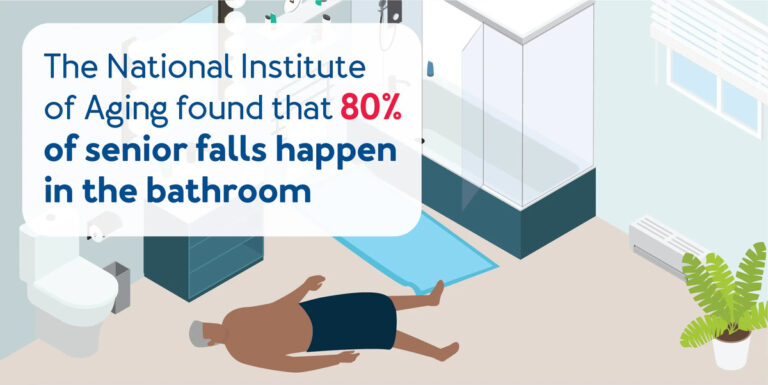Caregiver Stress: It’s Not What You Think

Introduction
A quick Internet search for “caregiver stress” will yield millions of results. Everyone has an opinion on the topic, and there are more statistics than you can imagine. There is even a diagnosis called “Caregiver Stress Syndrome.” This is obviously something very real, impacting the caregiving community. So how do you treat the problem? Again, back to your Internet search and you will find oodles of symptom management pages, but in my opinion, there lies the real problem. People are treating the symptoms.
Treating Symptoms V. Cause
Let’s look at how the Mayo Clinic suggest treating caregiver stress. I’m selecting the Mayo Clinic because they have published a position paper and they are a recognized authority in the medical community. To summarize the article’s strategies for dealing with caregiver stress into one sentence, it states: accept help, focus on what you are able to provide, set realistic goals, get connected, join a support group, seek social support, set personal health goals, see your doctor.
I’m going to suggest to you that these strategies address the symptoms of caregiver stress, not the cause. If the goal is to minimize caregiver stress, then the focus has to be on addressing the cause, not the symptom.
Stress Identification
To address the cause of caregiver stress, proper identification of stress is needed. The Merriam-Webster dictionary definition of stress is “a state of mental or emotional strain or tension resulting from adverse or very demanding circumstances”. The Cleveland Clinic defines stress as “Stress is the body’s reaction to any change that requires an adjustment or response. The body reacts to these changes with physical, mental, and emotional responses. Stress is a normal part of life. You can experience stress from your environment, your body, and your thoughts. Even positive life changes such as a promotion, a mortgage, or the birth of a child produce stress.” I believe the Cleveland Clinic is getting closer to the root cause, but feel they come up short on providing the caregiver with the tools to address stress.
The Definition
Enough of dodging the topic! So, what is my definition of stress? Stress is the misalignment/mismatch of expectations. It can occur in your job or personal life. It may manifest from:
- Poor communications
- Urgency pressures
- Surprises
What Can You Control?
As a caregiver, you must recognize that you can only control what is within your control. For everything else, consider:
- Make recommendations to counter what is outside your control
- Delegate or ask for specific help
- Clarify communication
- Escalate to the next level of management
- As a last resort, remove yourself from the situation (temporarily or permanently)
Take a moment and digest this definition … stress is the misalignment/mismatch of expectations. The traditional approaches to addressing stress focus on caregiver self-care, such as taking a walk, listening to music, journaling, meditation, etc. These approaches are important but do not address the mismatch of expectations that is causing the stress. Now, let’s apply it to some caregiver situations and see how you might reduce your stress by setting and managing expectations.
Application
| Situation | Action |
|---|---|
| Stressor: Insufficient supplies provided by agency. For example, you expected 1 week of medication/supplies and received a partial shipment. Mismatch of Expectations: Due to a limited amount of supplies, causes stress to the caregiver. Now they have to scramble and obtain necessary supplies. | 1. Contact agency nurse / representative 2. Review care plan with agency; learn why the supplies were cut 3. Address with the agency the necessity for the supplies 4. Obtain agency commitment to provide the ordered supplies and that care is not interrupted 5. Escalate as appropriate with agency and/or physician |
| Stressor: Home health aide does not arrive for the morning shift, as scheduled, and did not advise anyone. The patient is alone with limited mobility and needs assistance with activities of daily living. Mismatch of Expectations: Due to poor communication or scheduling, the patient is in a compromising situation and needs immediate assistance. Someone must arrange for a caregiver and provide the caregiving services until a caregiver arrives. | 1. Contact agency nurse / representative 2. Find someone to provide immediate caregiving services 3. Address with staffing problem with the agency 4. Develop a backup caregiving plan |
| Stressor: Loved one is declining faster than expected Mismatch of Expectations: The stress from this situation can impact your loved one, family, and the caregiver. Common reasons may include: a lack of understanding of the condition progression, an unwillingness to accept the diagnosis, or unanticipated complications. | 1. Write down questions to ask the healthcare provider 2. Obtain an understanding of the current symptoms are temporary or a decline in condition 3. Determine if clinical information is being kept from the loved one, causing them distress 4. Seek clarification on the care plan |
| Stressor: Ineffective handoff between caregivers causing care or treatment to not meet the loved one’s needs Mismatch of Expectations: The stress from this situation can impact your loved one, family, and the caregiver. Common reasons may include: poor communications, lack of follow-through, or comprehensive documentation of care. | 1. Define how you will communicate. This can be paper, whiteboard, app, etc. 2. Define the items that must be discussed and documented at each handoff. E.g. medications, vitals, feeding, toileting, pain & symptom management, level of consciousness and mood |
It is my sincere hope that I have offered you a different perspective on how to better understand and manage caregiver stress.


Pingback: Moving Closer to Your Senior Loved One - Home Hospice Navigation